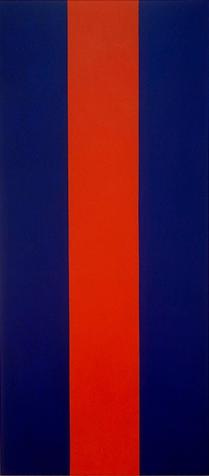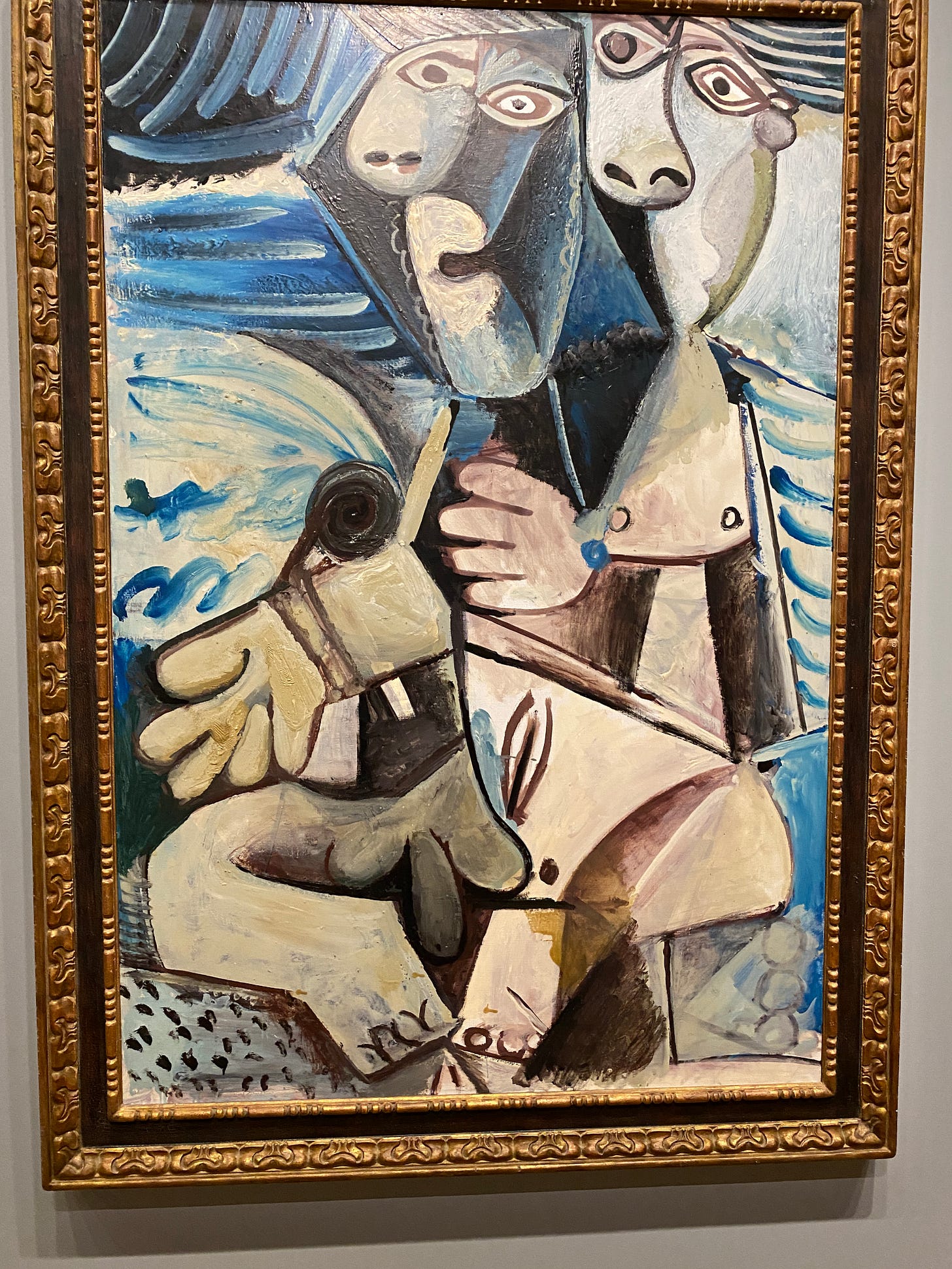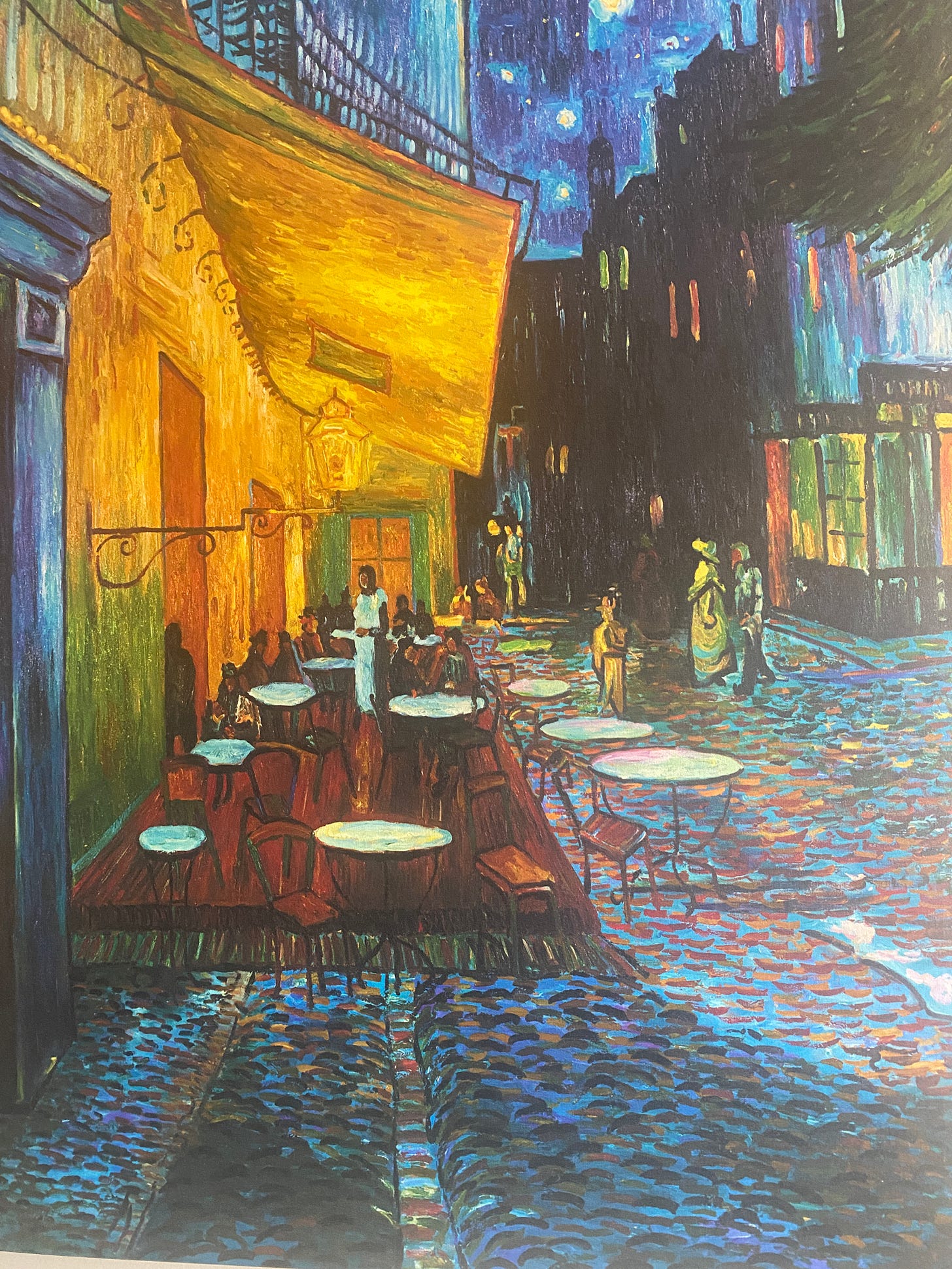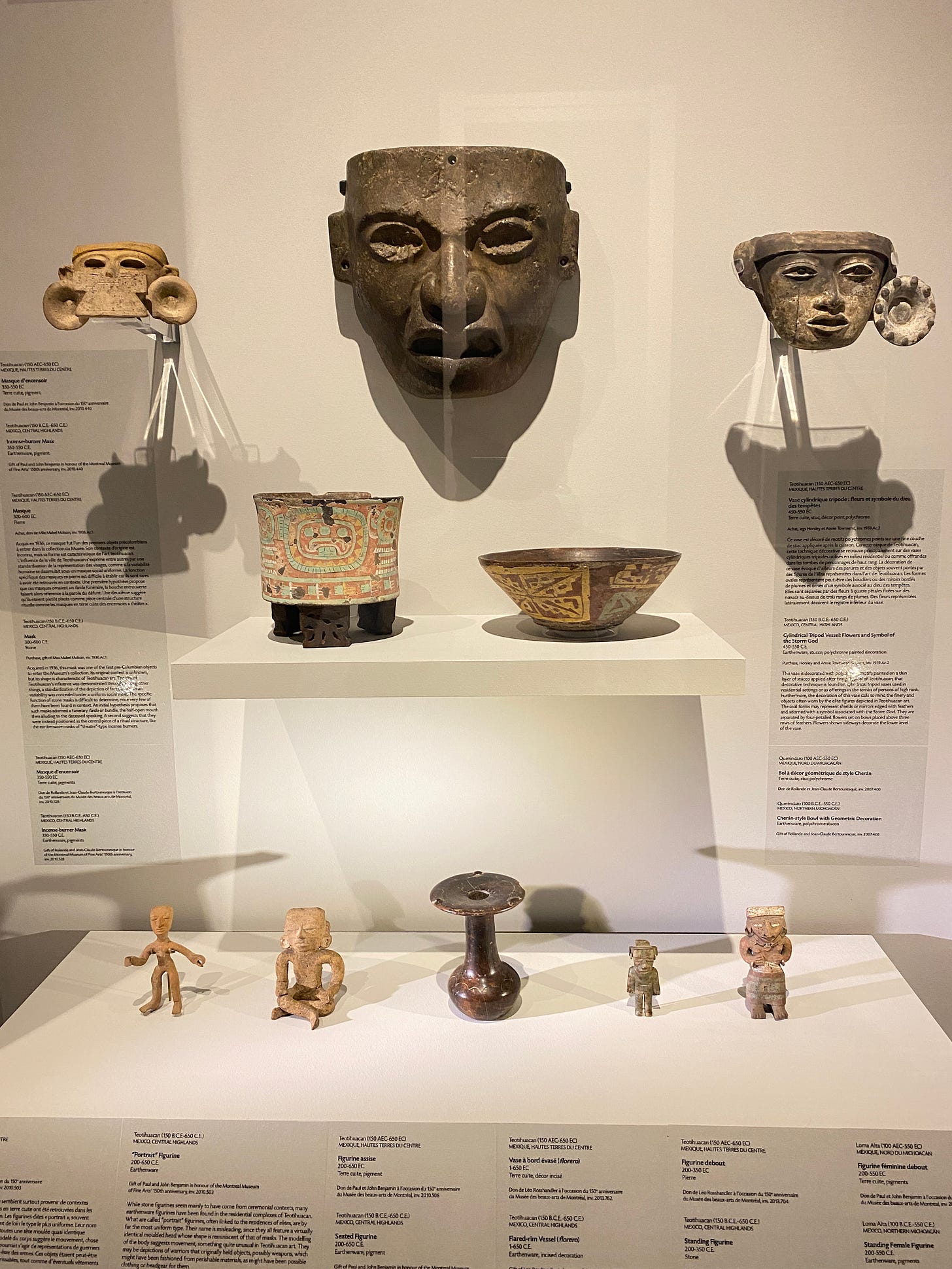On a February weekend trip to Montreal in 2023, I spent a morning at the Musee Des Beaux-Arts. Montreal is one of my favourite places to visit and I would highly recommend it to anyone who is thinking of going, or hasn't been there in a while. On this busy Saturday morning, as I strolled through the different galleries, with their diverse collections of artwork from various eras and regions, I became very reflective and inquisitive. I found a secluded bench and sat down to write a few notes and ponder a few questions, one of which has been asked by people for ages. No, the question is not "Why are the Kardashians so popular" but rather the question is "What is art?"
We need to start somewhere so let's use the Wikipedia definition of art as our starting point. It states "Art is a diverse range of human activity, and it's resulting product, that involves creative or imaginative talent generally expressive of technical proficiency, beauty, emotional power or conceptual ideas"1 ! (exclamation mine!) Let's dissect this definition. Human activity- So a sunrise, a forest, a waterfall cannot be art? I understand that a painting, or a picture or a sculpture of such would be art, but what about the physical object itself, is that not art? Is nature not art or is it not considered art until a human interprets it? According to this definition, no it is not art; we need the "resulting product". This should also involve "creative or imaginative talent" with "technical proficiency". Who's to decide what is creative and conceptual? The curator of an art gallery? Art students, or (worse yet) art critics? And technical proficiency? My daughter painted a river rock with red dots and glued some eyes onto it to make it look like a ladybug, for a Grade 2 Fathers Day present, and I still have it to this day, 20 years later. Is that technical proficiency? Perhaps not, but the beauty and the emotional power it evokes in me would definitely qualify it as art. Or is this art?
This artwork by Barrett Newman is called Voice of Fire2 and the Canadian Government (in)famously paid $1.8 million for it in 1989. Creative or imaginative? No. Technical proficiency? No, unless we say that technical proficiency doesn't apply here because of the word “generally” in the definition. Beauty? In the eye of the beholder but in this beholders eyes- No. Emotional power? Definitely no. Conceptual idea? I envision an art critic writing "This painting evokes images of conformity and disruption. Note the straightness and the structure of the stripes- with the blue stripes representing the people and the red stripe representing the oppressive nature of totalitarian governments around the world, stifling the progress of the common labourer. A true masterpiece". I don't see it, I see three stripes, but OK, I will concede that it is conceptual.
Ladybug Rock to me is art. To almost everyone else, it means nothing. So can something be art to one person and junk to someone else? It stands to reason that what is considered art can vary from person to person. But sticking with the Wikipedia definition for a moment, does a piece of work have to check off all of the boxes, to be considered art, or if it checks off only one of those boxes is it automatically considered art? I think this is where we get to the crux of what creations really should be, to be considered art, and to me, those are the elements of beauty and emotional power.
While at the Musee, I took some pictures of artwork, that I thought had elements of beauty and stirred emotional power… and I took some pictures of works that didn’t. Let’s go over some of each.
This is James Edward Aitken's painting entitled, Niagara Falls.
It was painted around 1887 and although you can't see it in this picture, I'm sure there is a t-Shirt stand on Lundy's Lane. Before photography and film, two of the best ways to capture what Niagara Falls is, would be to write about it, or paint it. Aitken chose the latter and captures the true essence of Niagara Falls, strategically leaving out the Maid of the Mist.
Speaking of mist; How difficult is it to paint that? We take it for granted now that everyone carries around a camera 24/7, but think of the difficulty in painting something like mist, or shadows and making them look real. He also makes some of streams of the falls appear closer than others, thereby giving a 3 dimensional effect to the water. Technical Proficiency, Beauty and Emotional Power? 100% yes. It is a painting that looks like a photo, before photos were available. I knew what that painting was before I even looked at the title. So does something have to be represented exactly as it is, to be considered art? Let's ask Pablo Picasso.
This painting is called Embrace. You know there's a dude there because you can see a wiener, and you know there's a gal there because you can see a va-jay-jay; but whose is whose isn't really discernable because they are locked in an Embrace. I've been to Spain, it's a beautiful country, and I met lots of people there, but nobody looked like that. So it's not a true representation of what people look like, but is it art? This is where the imaginative talent and conceptual ideas categories kick in. Along the same lines, is this famous Van Gogh Painting, which I have a print of in my office
It's entitled Café Terrace on the Place du Forum (1888) and it depicts exactly that: a café terrace in Arles, France in 1888. And although it's not a "picture" of a café (as Aitken's “picture” of Niagara Falls) you can still make out the elements of tables, chairs, people, cobblestone roads, buildings, the sky and the ever prevalent stars. The only things missing are the ATM and the debit machine. To me, this painting checks off all of the boxes; Creative, imaginative, technical proficiency, beauty, emotional power and conceptual. If we agree we are using the Wikipedia definition of art, then this indeed qualifies as art.
Back to the Musee for a few more examples. The first example revisits the "photo" genre again and is called "Burial at Sea of a Marine Officer Serving Under Louis XVI" by Eugene Isabey. This picture is telling a story.
At the centre of the painting, you can see the officer wrapped in a white shroud with weights around his feet, being interred to the sea. Note the details of the ship, the people at attention, the sails, the cannon blast, the waves of the sea, the clouds with a patch of blue sky. Every stroke of the brush and every detail means something and is there for a reason. This is a depiction of as noble a burial that any naval officer could wish for. If there was news back in 1836, this painting would be the lead on the 6:00 news. The anchor (pun intended) would just hold up this painting and proclaim that "Commander Jacques Fromage was buried at sea today. His death was not in vain as he died in battle, protecting his precious cargo of fois gras, escargots and cognac."
And then we have this
This is called Spatial Concepts by Lucio Fontana. It appears to be 2 slits in a piece of yellow bristol board. Maybe it was his grade 2 project? (See Unfinished Thoughts Vol. 1). "No Paul, you're missing the point: This piece is an apocalyptic representation of the damage that man is doing to the universe. The yellow represents the purity of the sun, and the 2 slits represent the holes in the ozone that man made carbon is doing to the planet, eventually leading to the decimation and extinction of earth as we know it". I'm not sure this would get a passing mark for a grade 2 art project, but it somehow made it's way to one of the finest galleries in the world. Side Note- A little known fact but the Children's Museum of Art consists of refrigerator doors with the artwork hung on them with magnets.
Finally, we have these
Ancient artworks, some over 2000 years old, consisting of incense masks, a flared rim vase, and some decorative bowls and carvings. They did not have the tools we have today, so one can't help but marvel at the precision of the objects themselves, and the skill, and artisanship that went into making them. For instance, note the bowl in the middle of the picture on the left hand side. It is a type of vase used in residences or laid at the tombs of people of high rank. Notice the detail, the face of the god (the storm god), and the varying colours on stucco that make up the mosaic. We consider these works of art today, but during their day, they were more than that. They were useful objects or dedications to deities.
So, after all that, have we come any closer to defining what is art? We didn’t even touch on “The Preforming Arts” (Music, Dance, Acting), which can be the topic of another blog altogether. What we have learned, is that people that look like people, and people that don't look like people can be art. Painted rocks and scissors snips through bristol board can be art. Realistic paintings of modern day tourist destinations, and 2000 year old carvings of masks can be art. And if Voices of Fire is art, then everything is art.
https://en.wikipedia.org/wiki/Art
By Barnett Newman - Singhal, Sheila (5 April 2016);Barnett Newman: The Late Work, 1965–1970;. Gallery.ca. National Gallery of Canada. Retrieved 26 August 2019., Fair use, https://en.wikipedia.org/w/index.php?curid=61609092












Thank you for your comments and your continued support Jan. Feel free to post some Warhols
Great article, Paul. I always look forward to your posts.
You should be here in Naples. The Baker Museum is having a showing of Andy Worhol art. I'm so excited to go and see his pop art!
Regards,
Jan